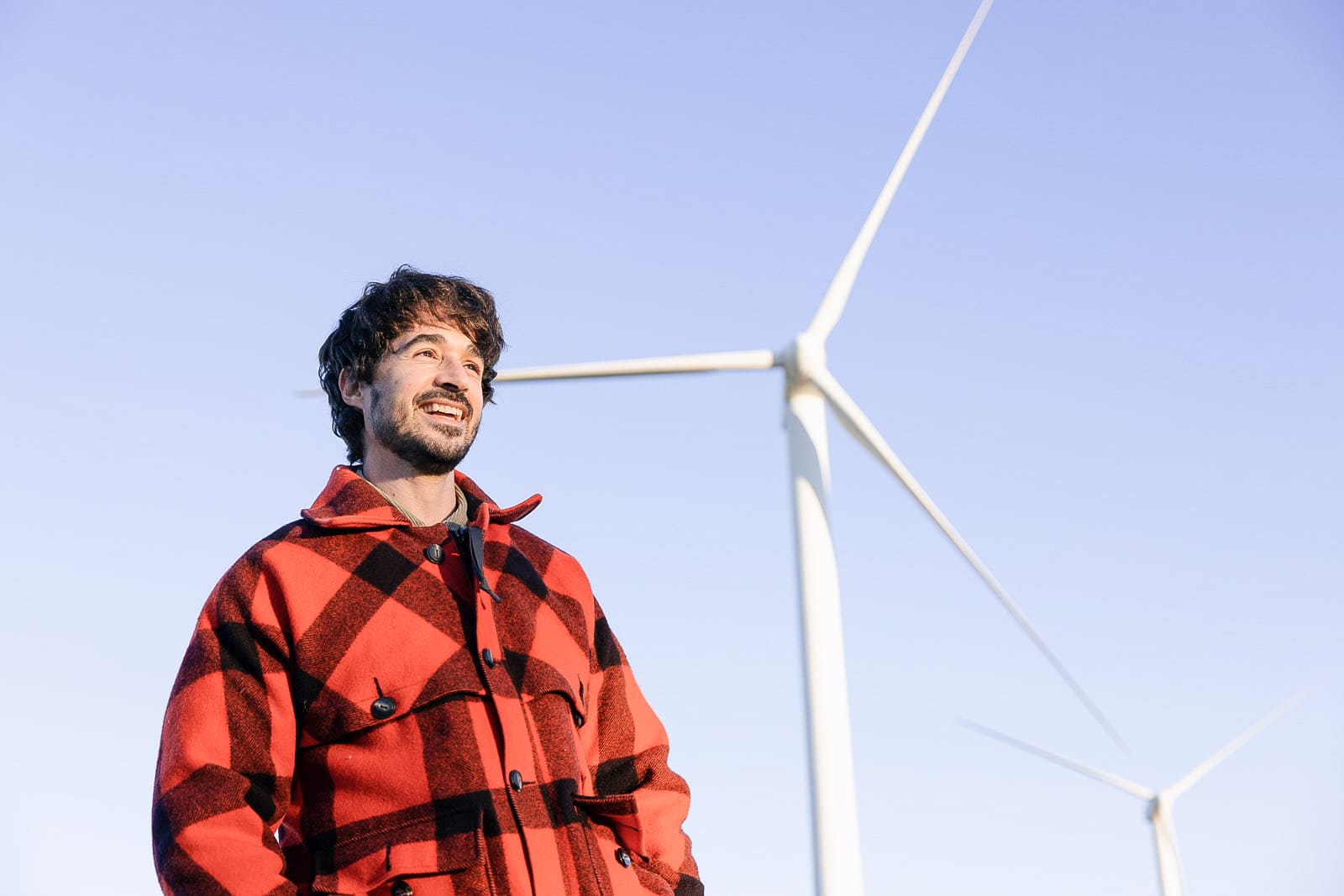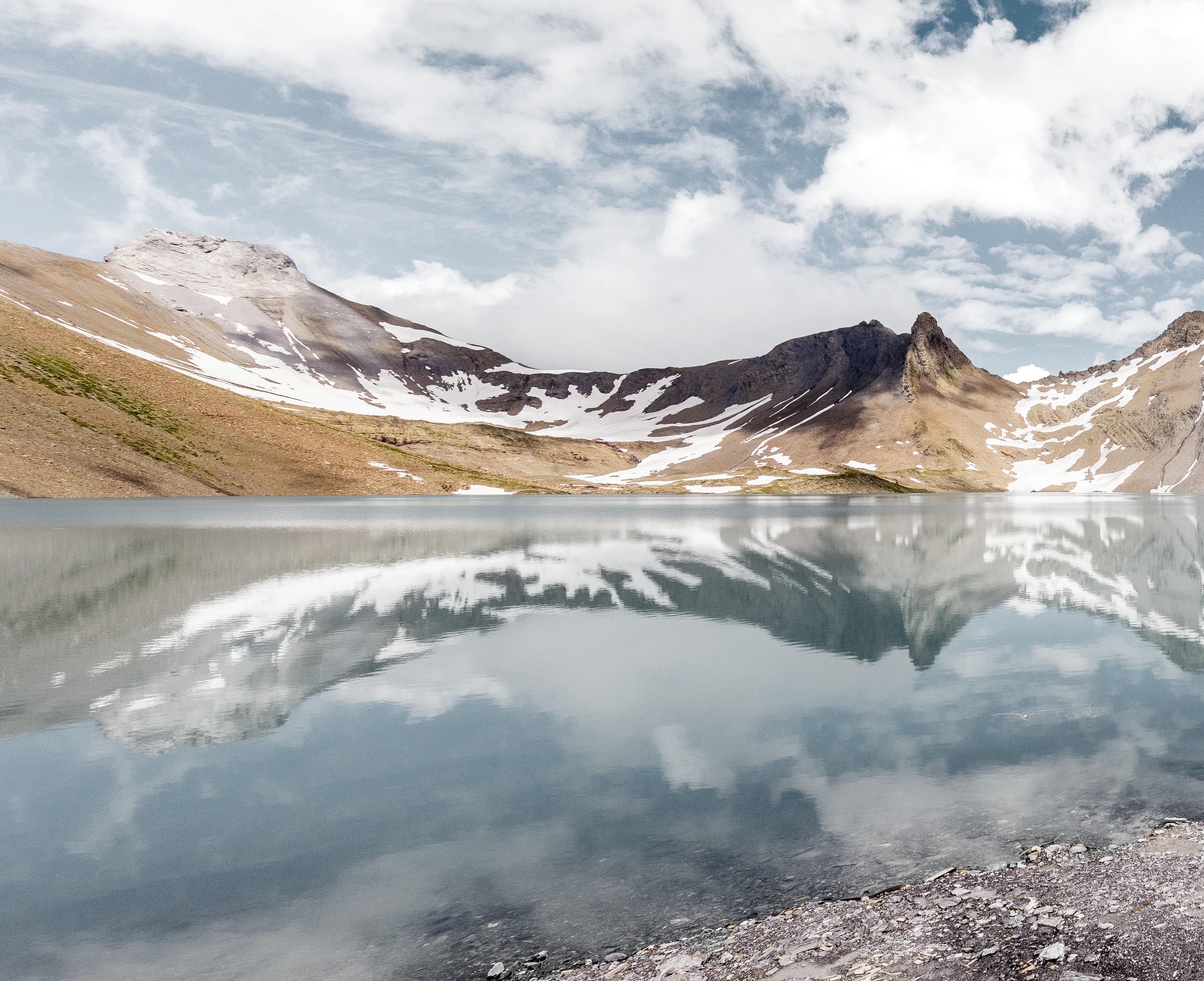
19.08.2022 | Test your energy knowledge
When wind becomes electricity
Wind power is a renewable source of energy that’s strategically valuable in Switzerland since it can be generated in winter. The Swiss Federal Energy Strategy 2050+ sets the target of 4.3 TWh electricity production from wind power by 2050. Is that realistic? We’ve put together a few facts and figures on the subjects of wind power in Switzerland and generating electricity from onshore and offshore wind turbines. Put your knowledge to the test here.
1. What percentage of Swiss electricity production does wind power currently account for?
A) Just under 10%
B) Just under 5%
C) Less than 1%
2. How many wind turbines are there in Switzerland at present?
A) 41
B) 87
C) 248
3. When was wind power first put to commercial use in Switzerland?
A) 1964
B) 1986
C) 1989
4. How tall are onshore wind turbines on average?
A) 40 to 70 metres
B) 120 to 180 metres
C) Over 200 metres
5. The Swiss federal government is keen to promote intense growth in Switzerland’s wind power capacity in line with the Swiss Federal Energy Strategy 2050+. How much electricity should wind power account for in 2050, according to this strategy?
A) 630 GWh
B) 2,300 GWh
C) 4,300 GWh
6. What is the optimum wind speed for a wind turbine to achieve maximum capacity?
A) 8 to 10 m/s
B) 12 to 15 m/s
C) 20 to 25 m/s
7. How long can a wind turbine produce electricity for (what is its service life)?
A) Between 10 and 15 years
B) Between 20 and 25 years
C) Between 30 and 35 years
What is the difference between onshore and offshore wind turbines? Offshore wind turbines are located in the sea and are making an increasingly important contribution to the energy transition. Offshore wind power refers to electricity generation by wind turbines at sea. More electricity can be generated offshore because the wind speed at sea is more constant than with onshore wind turbines on dry land.
8. How much more electricity does an offshore wind turbine produce compared to an onshore one?
A) Twice as much
B) Three times as much
C) Four times as much
9. Which European country uses the most wind power to cover its energy needs?
A) Germany
B) Denmark
C) Portugal
10. The Beaufort scale is used to measure wind speed. How many classes are there?
A) 8
B) 13
C) 15







